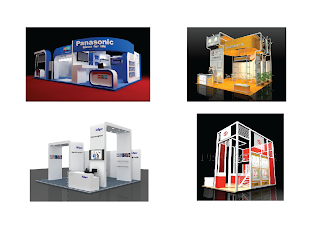Some people have their own certain understanding of design. Some like the robust, flowery kinds of design while some cherish the simplicity in theirs. The wide range of design preference is as varied as the people that occupy this world.
Simple design, or 'minimalist' as some call it, is a design that is mainly preferred in the design world, especially architectural ones. Architect Ludwig Mies van der Rohe even adopted the saying 'Less Is More' as his motto.
The thing is, some people assume that the term 'Less Is More' means a reason to be lazy and think that you don't need much effort to create something good since it requires less materials or less subjects. But it is the exact opposite. More thought is needed to think about where exactly should an object be placed on the design for it to be just right. Since you work with less substance, the upmost care has to be taken for the design to look not too empty but is balanced to a point. Simplicity is not an excuse to be lazy, in fact it requires the exact opposite!














